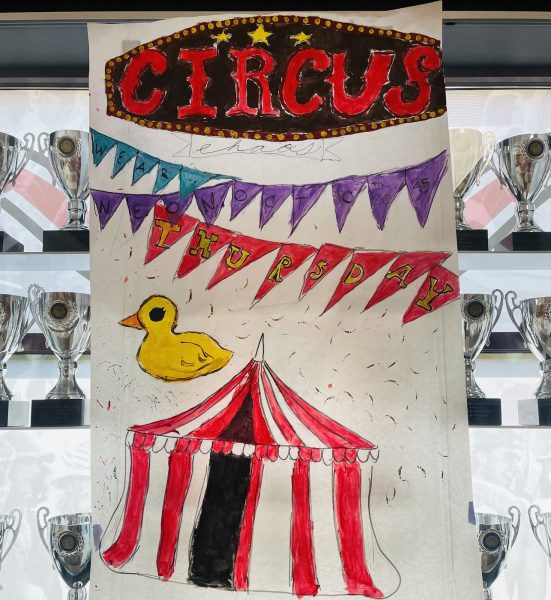The History Behind St. Patrick’s Day

St. Patrick’s Day Parade in New Orleans. Courtesy of https://www.neworleans.com/events/holidays-seasonal/saint-patricks-day/
St. Patrick’s Day, or the Feast of St. Patrick, is an Irish holiday celebrated annually on March 17th. Saint Patrick, who lived during the fifth century, is the Patron Saint of Ireland. He was born in Roman, Britain and did not arrive in Ireland until he was 16 years old when he was sent to work in the country.
After he arrived in Wicklow, Ireland, Patrick became interested in the Catholic religion and started teaching others about the religion. St. Patrick is said to be the one that brought Christianity to Ireland. St. Patrick’s Day is celebrated on the day that he died.
Sometimes known as the emerald isle, Ireland is an island country with green leafy trees and green grassy hills. Due to this, Ireland is sometimes called the Emerald Isle. But the color that people originally associated with St. Patrick’s Day was blue. Green was initially introduced to the festivities during the 18th century when the shamrock became the national symbol of Ireland. Because of the shamrock and Ireland’s landscape, the color stuck to the holiday.
In today’s traditions, one of the biggest ways that people all around the world celebrate St. Patrick’s Day is by wearing green… or risking getting pinched!
“I celebrate St. Patrick’s Day by wearing as much green as possible so I don’t get pinched by anyone,” freshman Kylie Zmitrovich said.
The tradition is tied to folklore that says wearing green makes you invisible to leprechauns who like to pinch anyone they can see. Some people also think wearing green can bring good luck and others wear it to support their Irish ancestry. The St. Patrick’s Day Festival is a five-day event, with a huge street carnival held on March 17th with parades, dances and festivities. Even in the United States, the Chicago River in Illinois is dyed green each year to celebrate the holiday. According to Celtic Titles, “1 in 4 adults have Irish ancestors or relatives. That’s 25.75% of the adult population of the USA, equating to over 52 million people.”
There are also a few myths associated with St. Patrick’s Day. St. Patrick was a real person, but some of the traditions surrounding him and the holidays are actually myths.
For example, the four-leaf clover is often seen on St. Patrick’s Day, but according to legend, Patrick used a three-leaf clover as part of his teachings. Even though it’s possible for a clover to have four leaves, it is very rare, which is why it is considered to be lucky.
St. Patrick’s Day commemorates Saint Patrick and the arrival of Christianity in Ireland but by extension, people all over the world celebrate the heritage and culture of the Irish in general.
Your donation will help support The Lambert Post, Lambert High Schools student-run newspaper! Your contribution will allow us to purchase equipment and cover website hosting costs.











